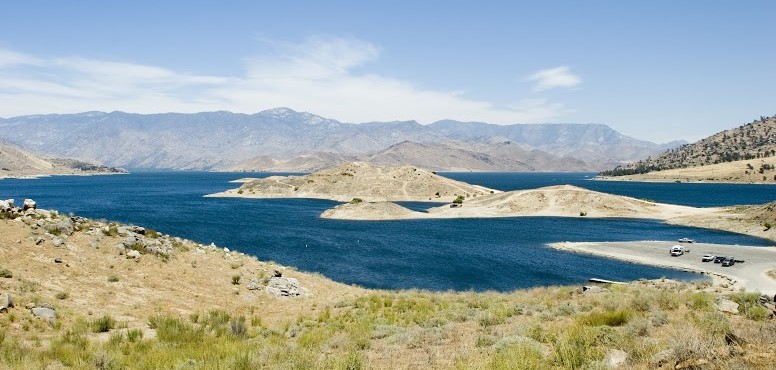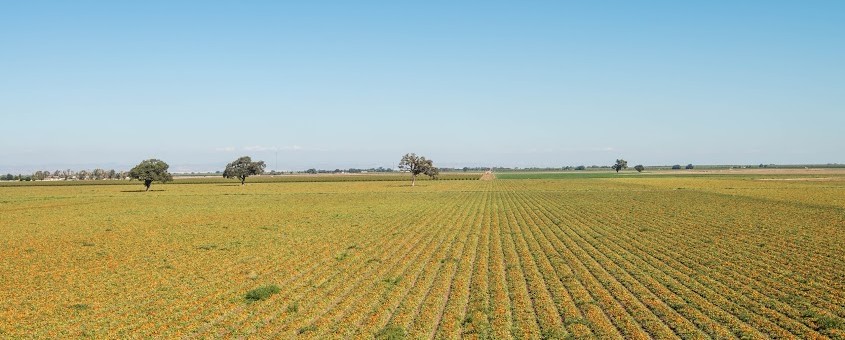
Blueprint/Greenprint

The San Joaquin Valley Greenprint will compile information describing the lands, waters and living resources of the San Joaquin Valley region and the trends affecting them, and that document their public benefits. It will identify and document resource management challenges and opportunities. It will assemble the perspectives of the residents of the region into a shared vision, and identify a series of strategies for the conservation and management of the region’s resources. These strategies
will be developed with extensive public input, will be based on sound science and economics and, if the effort is successful, will enjoy broad public support throughout the region. The resulting “greenprint” can then reinforce local efforts and serve as a guide to local, state, federal and private sector decision-makers as they make choices about the future of the Valley’s resources. Because of its Valleywide focus, it may be able to achieve results for the Valley economy and quality of life not otherwise achievable by individual jurisdictions and organizations. However, the Greenprint will not establish public policy or override local land use decision making, and will respect private property rights.
For more information:
Greenprint: State of the Valley- Full Report
Greenprint: State of the Valley – Executive Summary
Frequently Asked Questions
Greenprint Brochure
Request for Proposals:
San Joaquin Valley Greenprint Phase II
San Joaquin Valley Regional Blueprint
The San Joaquin Valley (SJV) is a large, diverse, and complex area that contains millions of acres of the world’s most fertile farmland, a wealth of natural resources, and large urban environments. The 240-mile long valley stretches from Stockton to Bakersfield and encompasses the eight-county region (Kern, Kings, Tulare, Fresno, Madera, Merced, Stanislaus and San Joaquin).
Today, 3.9 million people live in the San Joaquin Valley. According to the Department of Finance, the Valley’s population will grow to over 9.4 million by 2050. How will the region accommodate this anticipated growth? Will it be through expansion of current cities or the development of new ones? How will intra and interregional transportation accommodate commuters, travelers, and goods movement? And how will the balance be maintained between the development of new infrastructure and the need to preserve the region’s most important resources?
A look at the current economy of the region points to agriculture as the Valley’s economic base. While growth of agriculture has altered some of the natural environmental landscape over time, perhaps even more concerning is the rate at which prime agricultural land is being converted to urban uses. Much of the land conversion is due to the attractiveness of Valley home prices to residents of the Bay Area and Los Angeles regions. However, these new Valley residents often commute back to their place of origin for employment compounding transportation impacts, air quality dynamics, and presenting significant civic engagement challenges. Highway 99 bears the yeoman’s share of commuter traffic, and is also burdened with extraordinary truck traffic transporting goods. Insufficient for current traffic loads, Highway 99 is further impacted by industrial growth and new distribution centers, especially in the Southern San

Joaquin Valley.
At both the federal and state levels, policymakers have begun to recognize the extraordinary challenges facing the Valley. Through executive orders issued by two presidents, the Federal Interagency Task Force was formed to help coordinate federal efforts within the region. Following suit, Governor Schwarzenegger signed an executive order creating the California Partnership for the San Joaquin Valley, a state effort to direct resources to the region. Through the Blueprint process, regional leaders will work closely with the Partnership to address the significant issues facing the region. Teaming with the San Joaquin Valley Partnership will enable pooling of resources, consistency of vision, and combined momentum to solutions to the forefront.
SJV Blueprint Process – View/Print document (3mb pdf)
San Joaquin Valley Blueprint Roadmap – View/Print document (4mb pdf)
For more information please visit:
www.valleyblueprint.org
